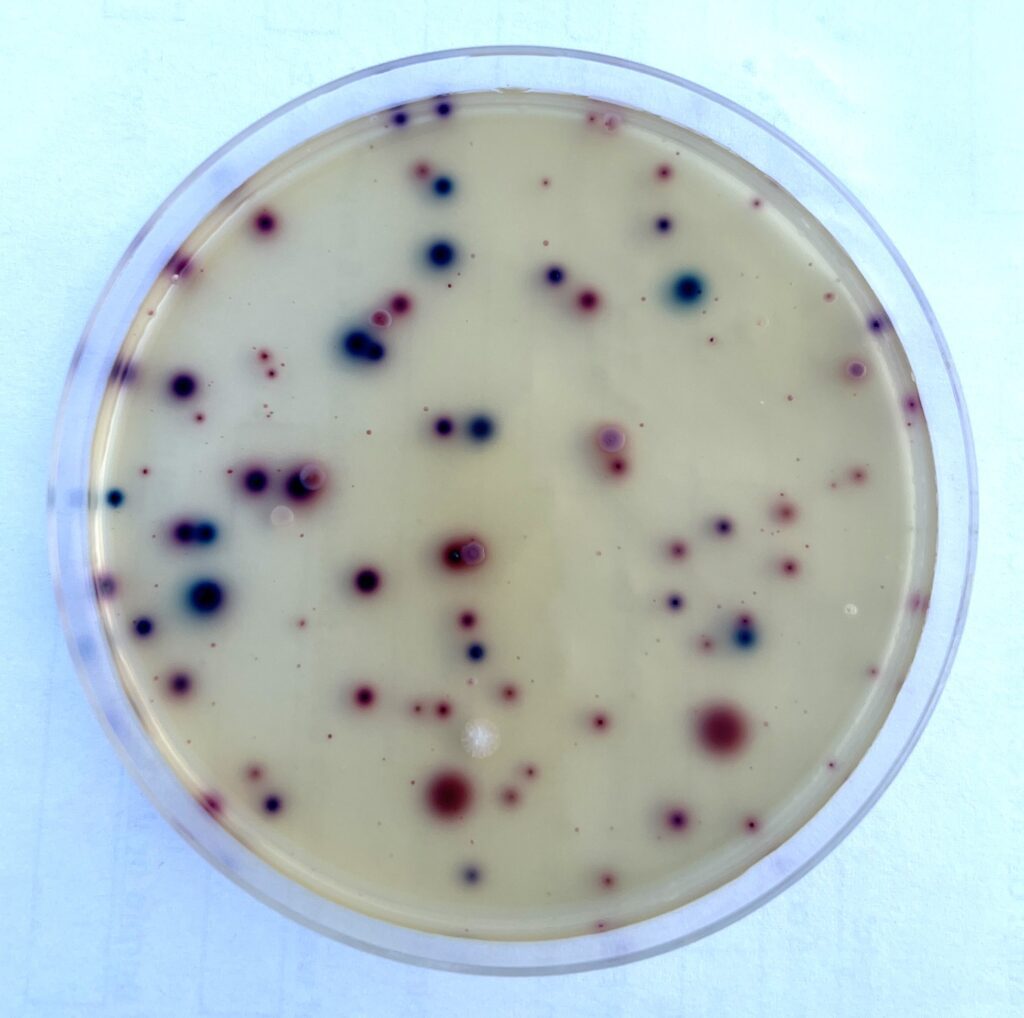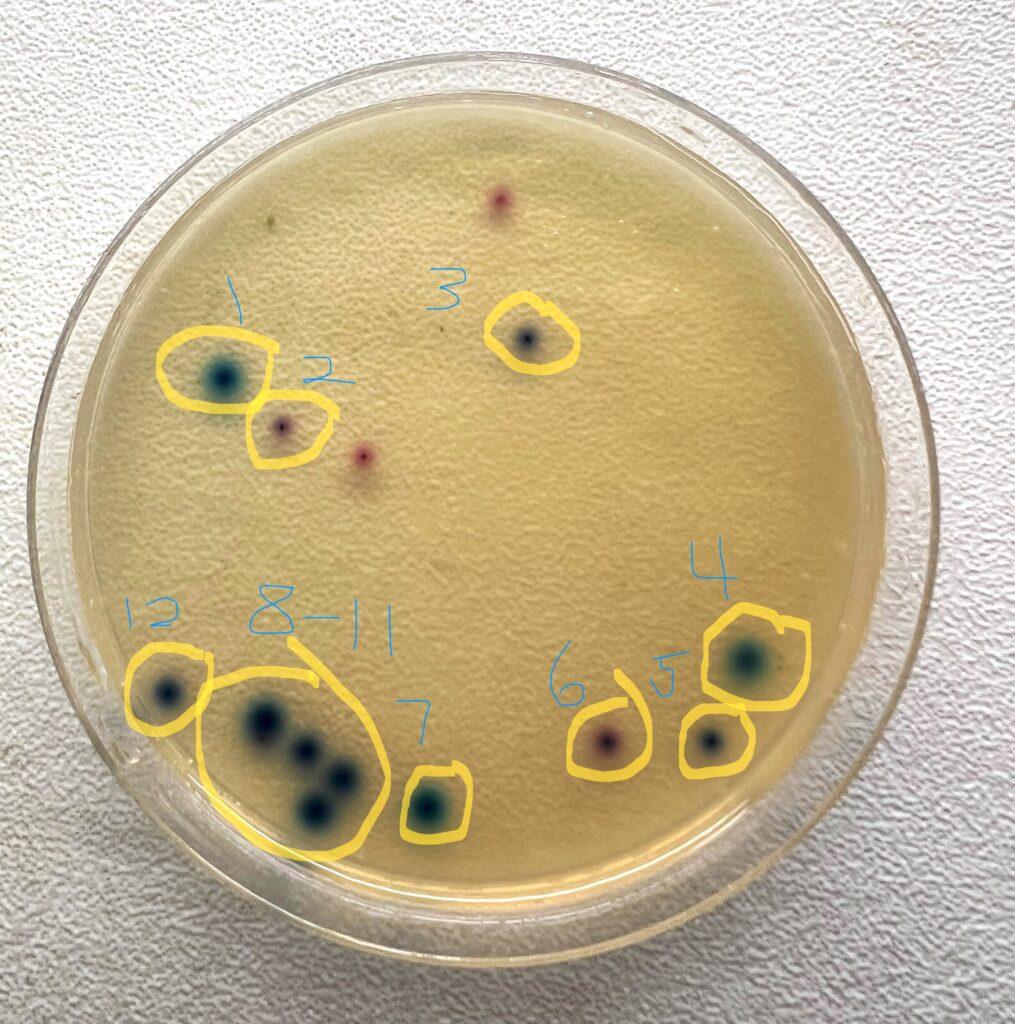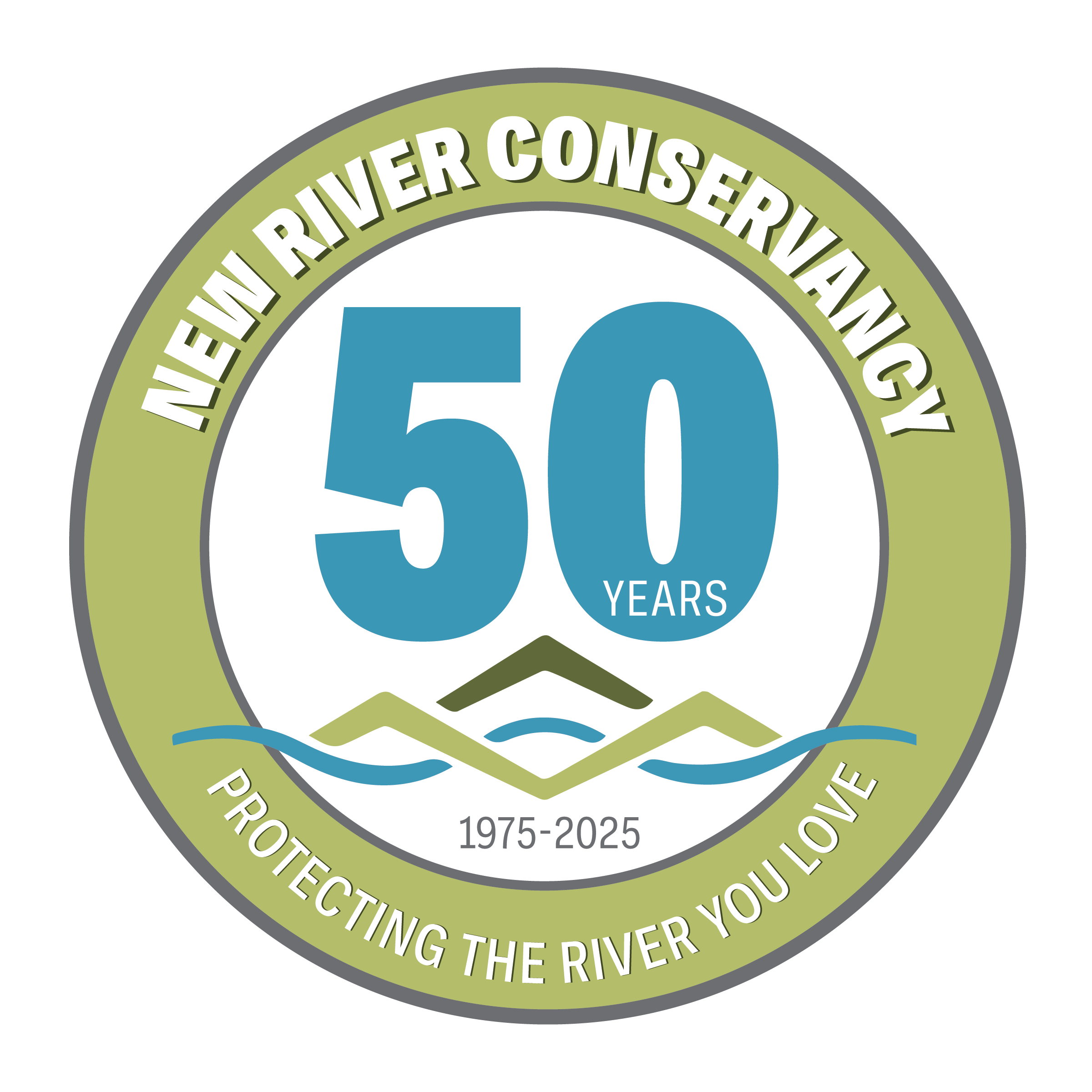John R. Copeland, New River Conservancy Water Quality Manager
The New River is one of the cleanest rivers in North Carolina, Virginia and West Virginia and a fantastic place to recreate. Visitors to any river should understand the basics of E.coli and water quality as they plan to enjoy the New, or their local waterway. While no surface water source can be certified as 100% safe for water based recreation, particularly swimming and other immersive activities, it is important to know more about E. coli and what levels are of concern before you enjoy your New River experience.
What is E. coli?
E.coli (Escherichia coli), a type of fecal coliform, is a diverse species of bacteria found in the environment, food, and the intestines of animals and humans. Elevated levels of E. coli in streams and rivers indicate point and nonpoint pollution sources are present. While most strains of E. coli do not cause disease, elevated levels can indicate the presence of fecal contamination, which can lead to gastrointestinal illnesses. The U.S. Environmental Protection Agency (EPA) recommends using E. coli to evaluate health advisories in freshwater. In North Carolina, the Department of Environmental Quality bases its water quality stream standards on fecal coliform bacteria, although they are evaluating a transition to using E. coli. The Virginia Department of Environmental Quality uses an E. coli stream standard. The West Virginia Department of Environmental Protection, like North Carolina, uses fecal coliform bacteria.
How is E. coli measured?
E.coli levels are measured by analyzing bacterial growth in laboratory analyses. This is commonly done by the membrane filter procedure, although color test kits have also been EPA-approved. The New River Conservancy uses the Coliscan Easygel method (a color test kit method) for determining E. coli levels, an approved method for citizen science investigations. The Coliscan method produces results used by water quality agencies to screen streams for further investigation. The method used by the Swim Guide for South Fork New River sites is a more intensive laboratory method called Colilert that produces quantitative results in 24 hours.
What is the EPA’s recommended criteria for E. coli?
E.coli criteria are expressed as the number of colony forming units (cfu) per 100 mL. The most commonly used criteria for E. coli of a geometric mean of 126 cfu’s per 100 mL and a statistical threshold value (STV) of 410 cfu per 100 mL is based on a risk factor of 36 illnesses per 1,000 people. The geometric mean is based on weekly sampling over a 30-day period. The geometric mean value should not be exceeded in any 30-day interval and no more than 10% of the values should exceed the STV in that same time period.
What E. coli value is used by the Swim Guide ?
On North Carolina’s South Fork New River, the Swim Guide uses the USEPA’s recommended criteria of 126 cfu’s per 100 mL to determine whether a site passes or fails based on single sample results, based on the 2022 NC Department of Health and Human Services recommended primary and secondary recreational values for all recreational waters. The 126 maximum probable number (MPN) per 100 mL value is used to communicate whether an increased exposure risk may be present for primary recreational activities (swimming/snorkeling) and 127 to 886 MPN per 100 mL for secondary recreational activities (kayaking, tubing, fishing) in Class B waters (the NC Department of Environmental Quality classifies the South Fork New River as a Class B water). A site is marked RED when the sample result exceeds the safe primary recreation standard of 126 MPN per 100 mL, and GREEN when the sample is 126 or below (safe to Swim). When sample results are above 886 MPN per 100 mL caution is encouraged due to an increased risk of contracting an enteric disease. A disclaimer is also included that recreators should be aware that results are preliminary and, while posted as soon as available, represent data that is a day old and should only be used as guidance when assessing exposure risk since bacteria levels can change at any time.
Do E. coli levels fluctuate?
Yes, bacteria concentrations fluctuate with changes in river conditions such as flow, sediment load, and temperature, which can change daily and sometimes hourly. Bacteria levels are generally higher following rainfall events, which result in increased runoff and turbidity (i.e., muddy water). Most experts agree that E. coli levels are higher when turbidity is higher, and higher bacteria levels can be elevated for an extended period (days or longer) after some rain events.
Helene’s Impact
Helene had a significant impact on all facets of the river’s health, but our data indicate that water quality has generally returned to pre-Helene patterns, which means that today, now 10 months or more after the hurricane, a heavy rain has more impact on water quality than residuals from Helene.
The New River Conservancy’s Water Watcher volunteers conduct monthly water quality sampling at their assigned stream sampling locations. One of the parameters they measure is E. coli. The E. coli determination technique used by our volunteers is called Coliscan Easygel, developed by Micrology Laboratories in Grainger, Indiana. Coliscan is a growth medium used in treated Petri dishes to culture coliform and E. coli bacteria from a water sample. On a cultured Coliscan Petri dish, general coliforms form colonies that grow as pink colors and E. coli colonies grow as a mixed color that can range from dark navy blue to a dark magenta.
About John Copeland
After 25 years as a fisheries biologist in the Blacksburg office of the Virginia Department of Wildlife Resources (VDWR), John retired in September 2022 and joined the New River Conservancy team first as Land and Water Quality Manager and more recently as Water Quality Manager. In his current role, John oversees the Water Watcher program, where he recruits, trains, equips, and deploys volunteers collecting water quality data on New River tributaries.
During his years as the New River fisheries biologist, John led multiple fisheries management projects including the New River native Walleye restoration program and Claytor Lake fisheries monitoring and habitat restoration. John also gained extensive experience with water quality monitoring over his 40+ year fisheries career. John is a Past-Chair of the Southern Division American Fisheries Society Warmwater Streams Technical Committee and Past-President of the Virginia Chapter of the American Fisheries Society (VCAFS). In 2014, he received the VCAFS Eugene Surber Professional Service Award. In 2015, he was awarded the New River Conservancy’s Wallace and Peggy Carroll Vigilance Award. In 2017, Friends of Claytor Lake awarded him as their Volunteer of the Year.
Figure 1: A Coliscan Easygel Petri dish with 27 E. coli colonies. Both E. coli and coliform colonies are visible in this Petri dish. This culture is from an unnamed tributary to Tom’s Creek on the Copeland Acres farm in Montgomery County, Virginia, from a 1 mL water sample taken on June 25, 2025. Based on a count of 27 E. coli colonies on this plate, the E. coli level in the stream was determined to be 2,700 coliform forming units per 100 mL, which almost 7 times the New River Conservancy’s Water Watcher action level of 400 coliform forming units per 100 mL.

Figure 2: A Coliscan Easygel Petri dish with E. coli colonies marked. This culture is from an unnamed tributary to Tom’s Creek on the Copeland Acres farm in Montgomery County, Virginia, from a 3mL water sample taken on March 21, 2024. Based on a count of 11 E. coli colonies, the E. coli level in the stream was determined to be 367 coliform forming units per 100 mL, which is below the New River Conservancy’s Water Watcher action level of 400 coliform forming units per 100 mL.


